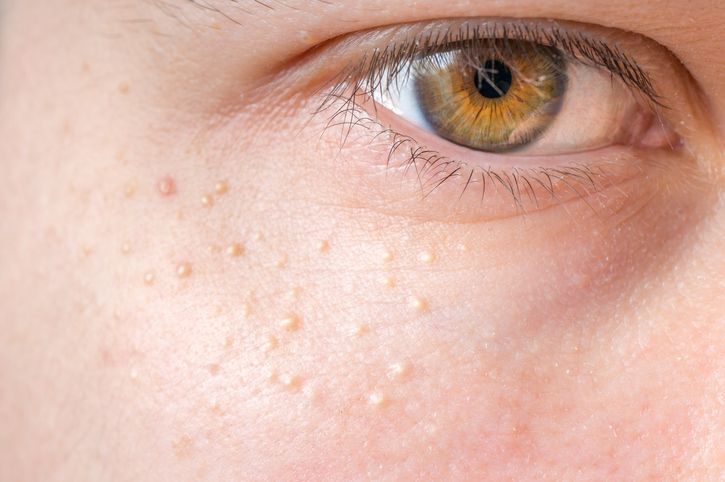- Home
- Trend
- Weight Loss Strategies
- Acne Tips
- Hair Health Information
- Blemish Removal Tips
- Acne Scar Removal Tips
- Muscle Building Techniques
- Intimate Care Tips
- Postpartum Intimate Care
- Eye Bags Wiki
- Tips for Face Slimming
- Secret of Permanent Hair Removal
- Breast Enlargement Tips
- Cure to Snoring
- Marionette Lines
- Skin-Tightening Secrets
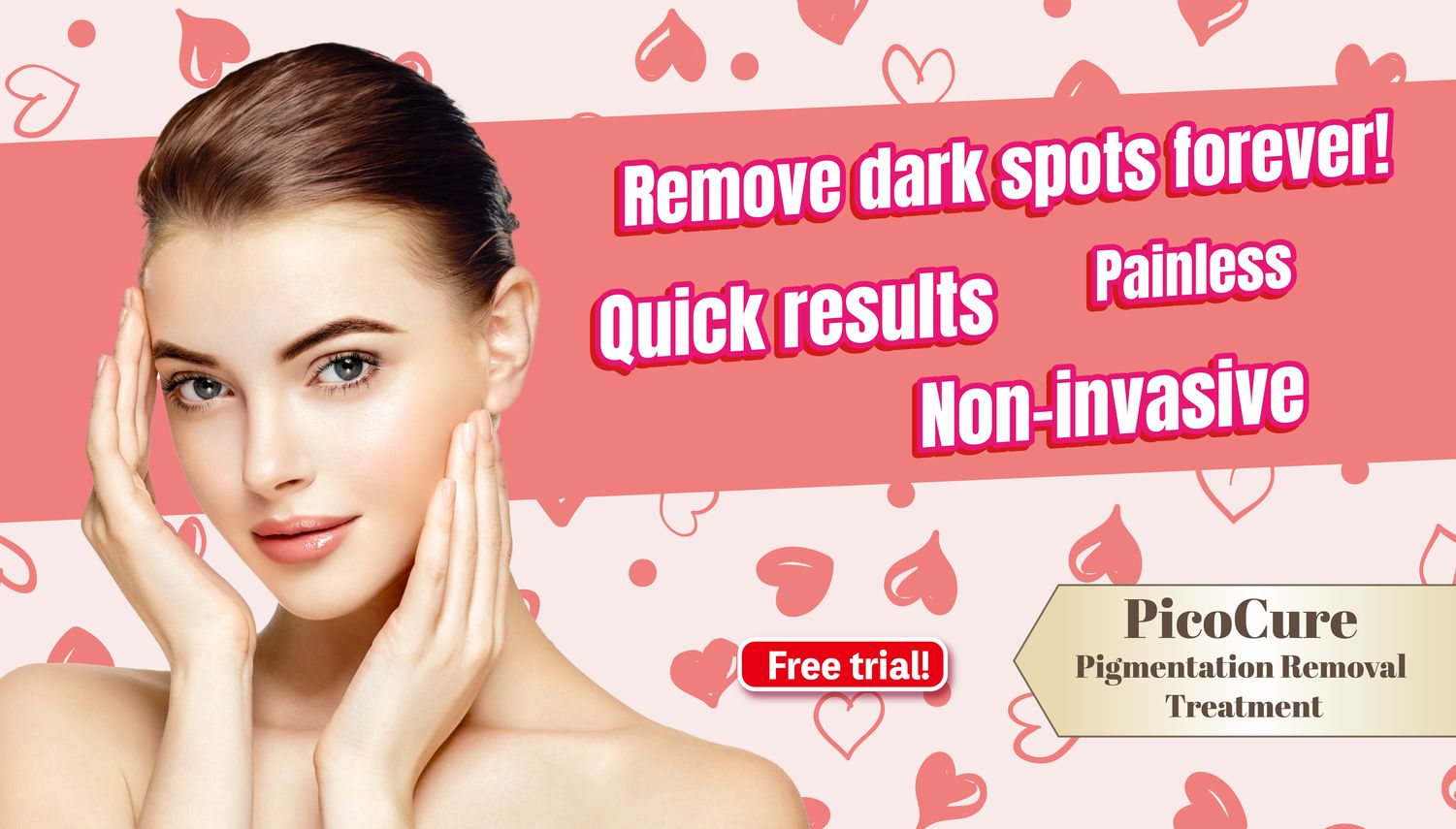
免費體驗
PicoCure Pigmentation Removal Treatment
1 Minute Self-Registration
Date should not be before minimal date
Freckles, those tiny sun-kisses on your face, are often a point of fascination and sometimes even concern. Whether you adore them or wish to lighten their appearance, understanding freckles and their relationship with sun exposure, skin tones, and skincare is crucial. Let's delve into the world of freckles, from their formation to ways of embracing or lightening them, while keeping your skin healthy and radiant.
1
What are Freckles?
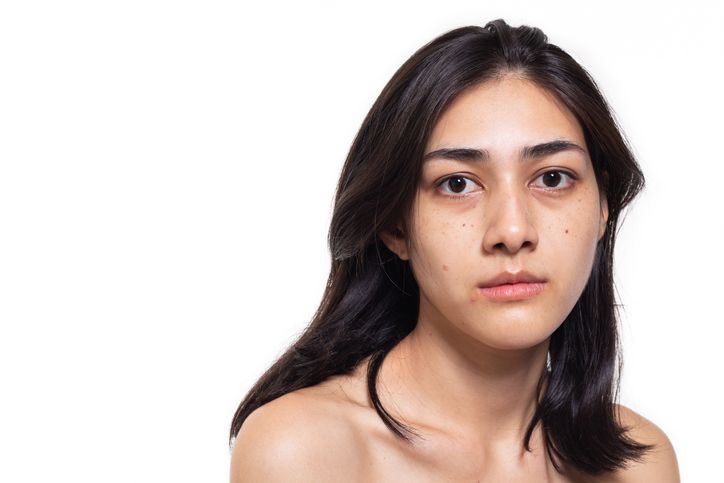
2
Types of Freckles on face
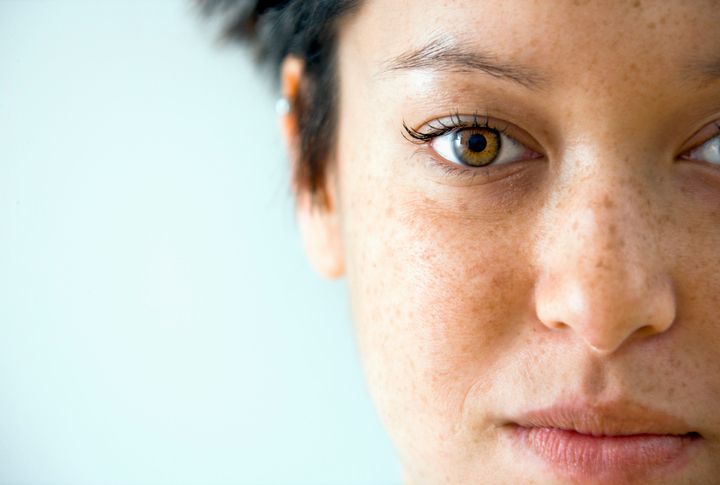
Ephelides (Simple Freckles)
Solar Lentigines (Sun Spots)
- All You Need to Know About Retinol + 10 Best Retinol Creams and Serums for Fine Lines, Acne, Dull Skin and More Skin Care Concerns!
- Glow-Up Guide: Uncover The Reasons Behind Dull Complexion And Top Remedies
- How to Remove Dark Spots on the Face? 10 Best Home Remedies, Skin Care Ingredients, Treatments
- Turn Back Time: What Can You Do For Wrinkle Reduction
3
Sun Damage and Freckle Concerns
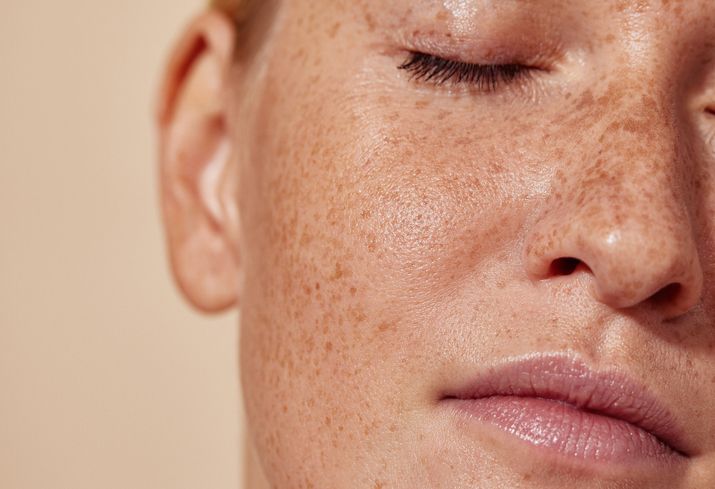
1. Change in Size
2. Change in Shape
3. Change in Color
4. New Freckles
5. Darkening of Existing Freckles
6. Texture Changes
7. Itching or Bleeding
8. Surrounding Skin Changes
4
3 Approaches to Embrace or Lighten Freckles
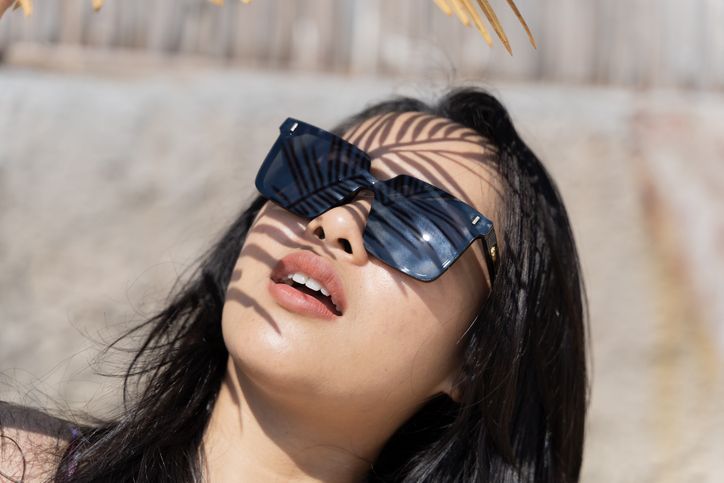
1. Sun Protection
2. Skincare Products
3. Natural remedies

免費體驗
PicoCure Pigmentation Removal Treatment
1 Minute Self-Registration
Date should not be before minimal date
5
Get Lighter Skin Tones With These 2 Popular Skin Treatments That Tackle & Prevent Freckles!
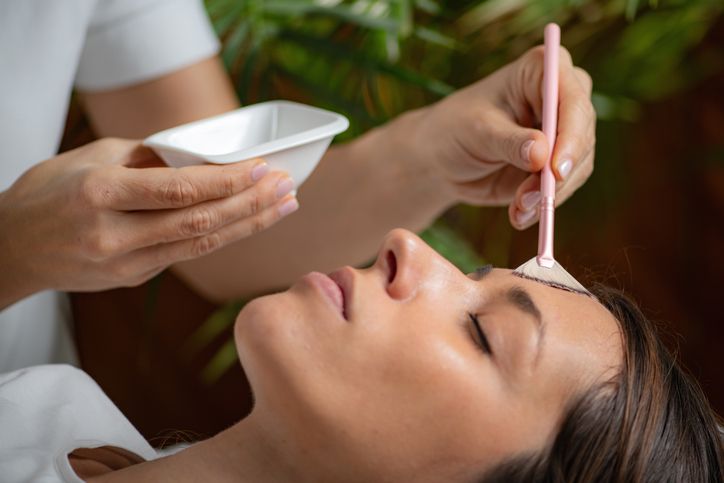
Chemical peel
Laser Treatments
6
Closing Thoughts


免費體驗
PicoCure Pigmentation Removal Treatment
1 Minute Self-Registration
Date should not be before minimal date
FAQ

1. How does excessive sun exposure affect skin pigmentation and lead to the development of darker brown spots?
Excessive sun exposure can have a profound impact on skin pigmentation. When the skin is exposed to UV radiation, it triggers melanocytes, which are cells responsible for producing melanin, the pigment that gives skin its colour. Prolonged and repeated exposure to UV rays can lead to the overstimulation of melanocytes, causing them to produce more melanin than usual. This excess melanin accumulation results in areas of hyperpigmentation, commonly seen as darker brown spots on the skin. This process is known as hyperpigmentation, and it can manifest in various forms, such as freckles, sun spots, or age spots.
2. What are the common signs of sun damage on sun exposed skin, such as brown spots and skin lesions?
Sun damage on sun-exposed skin is often characterised by visible signs such as brown spots and skin lesions. Brown spots, also referred to as sun spots or age spots, are areas of hyperpigmentation that appear as flat, brown patches on the skin. These spots are typically the result of sun exposure over time and are more common in areas frequently exposed to sunlight, such as the face, hands, arms, and shoulders. Additionally, sun damage can lead to the development of skin lesions like actinic keratosis, which are rough, scaly patches that can progress to skin cancer if left untreated. These signs of sun damage serve as indicators of prolonged UV exposure and emphasise the importance of sun protection measures.
3. Can repeated sun exposure cause changes in skin pigmentation, particularly in individuals with light coloured skin?
Repeated sun exposure can indeed cause changes in skin pigmentation, especially in individuals with light-coloured skin. Light-skinned individuals are more susceptible to sunburn and sun damage due to lower melanin levels, making them prone to developing brown spots and hyperpigmentation with prolonged sun exposure.
4. What are the recommended skincare routines to protect light-coloured skin from brown spots and darker brown spots caused by sun exposure?
To protect light-coloured skin from brown spots and darker brown spots caused by sun exposure, it's crucial to follow a comprehensive sun protection routine. This includes using sunscreen with a high SPF, wearing protective clothing such as hats and sunglasses, seeking shade during peak sun hours, and avoiding prolonged sun exposure.
5. Are there effective treatments available for reducing skin pigmentation issues like brown spots and skin lesions caused by excessive sun exposure?
There are several effective treatments available for reducing skin pigmentation issues like brown spots and skin lesions caused by excessive sun exposure. These treatments may include topical creams containing ingredients like hydroquinone or retinoids, chemical peels, laser therapy, or cryotherapy, depending on the severity and type of pigmentation concerns.









